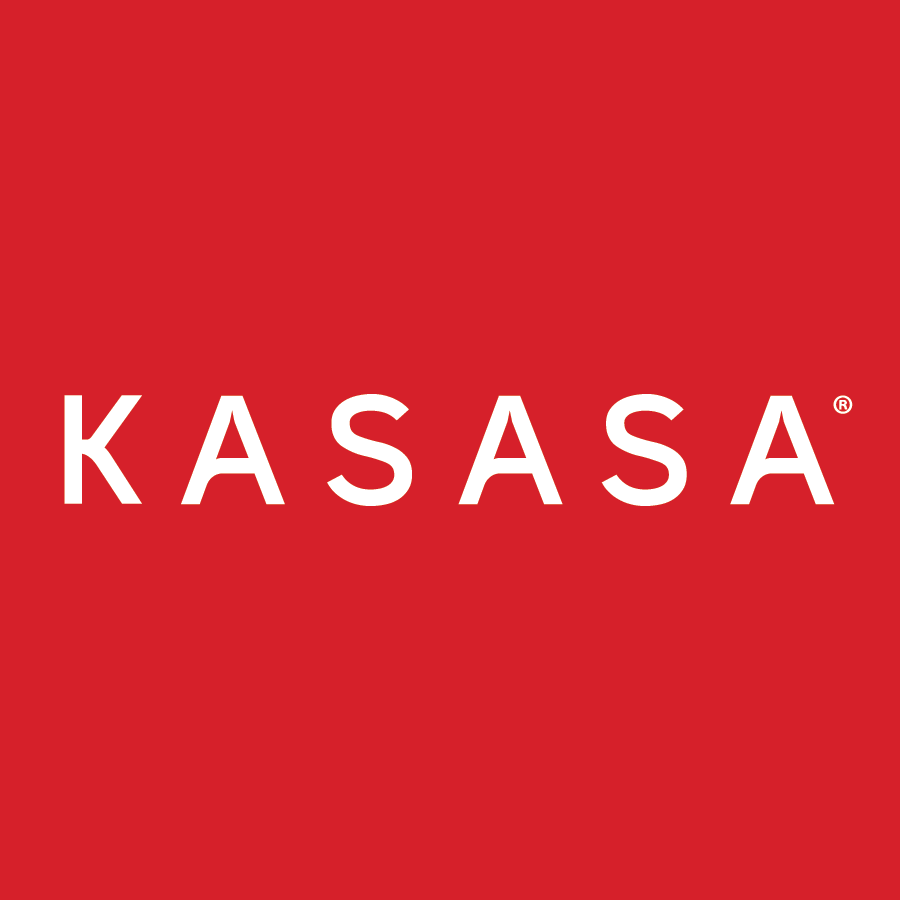Show notes:
- 1:35 A state of flux – We’re in a unique economic situation that is causing financial institutions concern. They want to grow deposits but are unsure of how to do that in the current market.
- 2:20 Rates are holding steady (but for how long?) – After the Fed spent a decade at 0-25 basis points, we entered a new era of rising rates. However, recent indicators point to a looming recession, and the financial industry is anticipating rate cuts from the Fed.
- 3:50 Old strategies are riskier now – As the traditional go-to vehicle for deposit growth, CDs can pose problems in a fluctuating rate environment. An example institution offers a CD special at 2.5% for one, two, or even three years, with a cost of funds at 2.5%. If the Fed lowers rates before the term is up, that institution is in trouble.
- 7:00 The advantage of a CD – While CDs shouldn’t be the main vehicle to attract deposits, they are beneficial when matched to a loan.
- 8:30 Did someone say non-interest income? – Using high-interest reward checking as a deposit growth strategy allows for flexibility in the short and long-term. As a variable rate account, the rate can be changed at any time. And it generates non-interest income that offsets an attractive rate.
- 9:40 Long-term vs. short-term loan portfolios – Your strategy may change depending on your loan portfolio. Short-term loans have inherent risks as they are subject to what’s happening in the market at a given time, so make sure to have a flexible deposit strategy on-hand. For long-term loans, focus your strategy on generating more margin.
- 11:15 Breaking down cost of funds — The cost of funds for CDs, money markets, and savings are straightforward — a 2% rate equals a 2% cost of funds. High-interest reward checking is qualification-based and features caps and non-interest income (cost of deposits), reducing the overall cost of funds. An institution that advertises 4% on up to $50,000 has a cost of funds around 2.4%. Factoring in the cost of deposits lowers it to around 1%. Their cost of funds is now lower than the CD scenario, even while offering consumers a much higher rate.
- 15:00 Online-only banks – Because of the failings of traditional data sources, financial institutions are not aware of how many deposits they are actually losing to online-only banking solutions offering high interest rates. One trick to find out? Look for outgoing ACH transactions in your account holders’ checking and savings accounts the day after the same amount has been deposited.
- Are there other options for compiling online bank data? And what exactly are consumers looking for when it comes to interest rates? Listen to part two of this podcast to find out.

Kasasa
Kasasa® is an award-winning financial technology and marketing services company that provides reward checking accounts consumers love, the first ever loan with Take-Backs™, relationship-powered referral programs, and ongoing expert consultation to community financial institutions. Together we can Take Back Banking™. For more information, visit www.kasasa.com or Twitter, Facebook, or LinkedIn.





